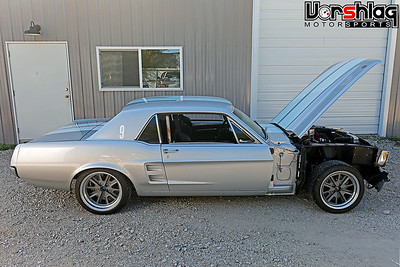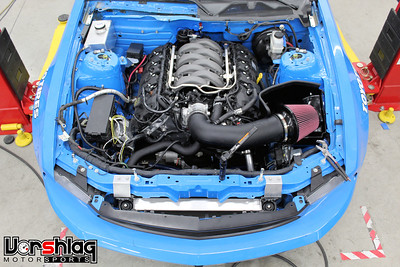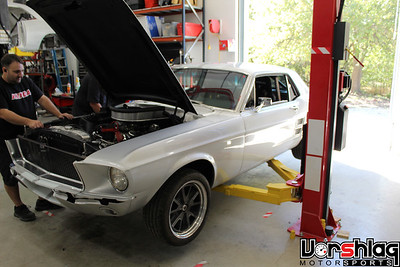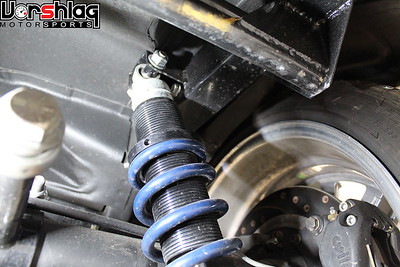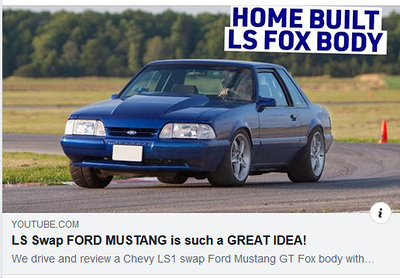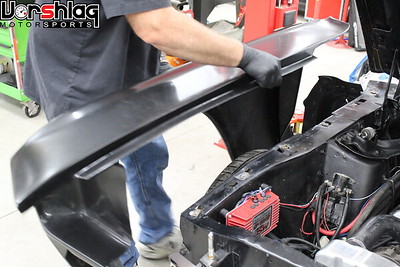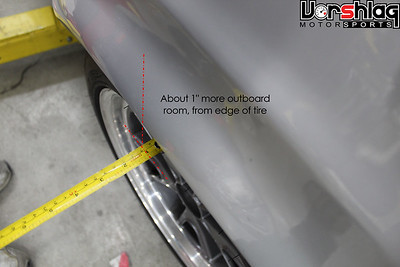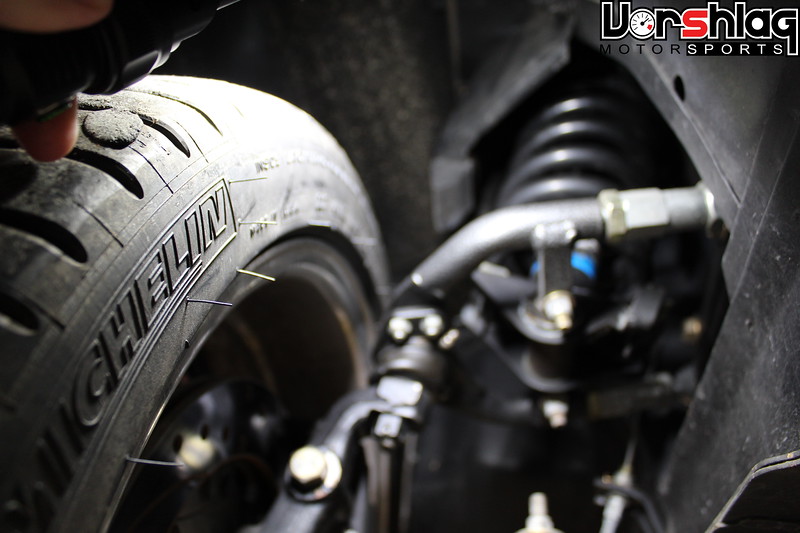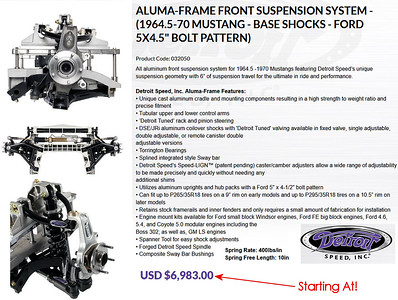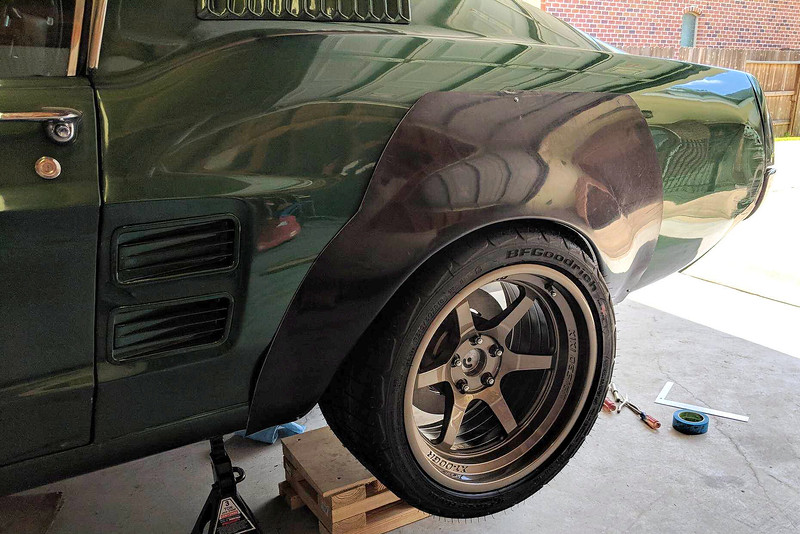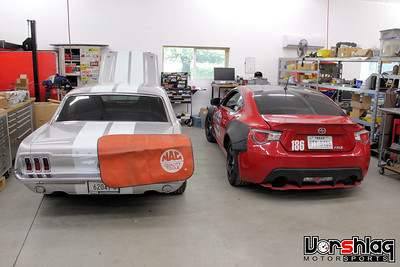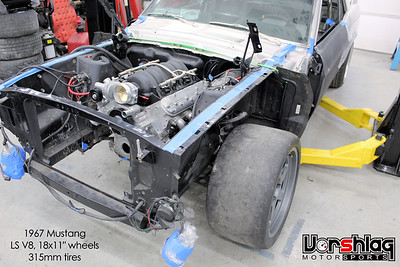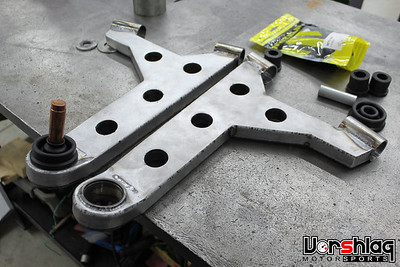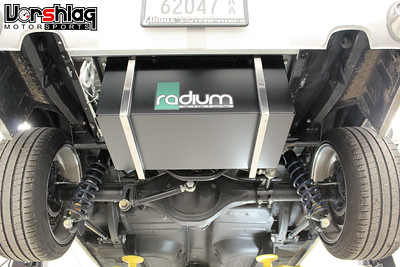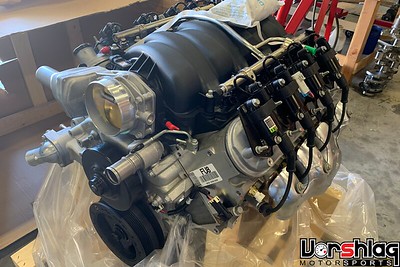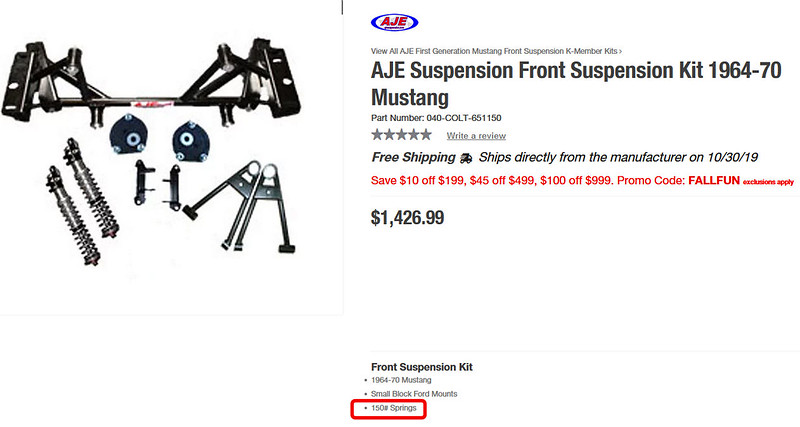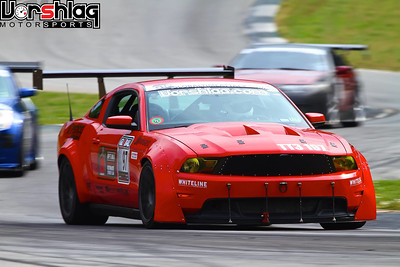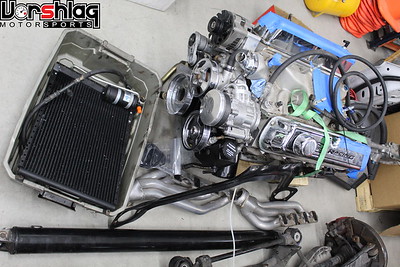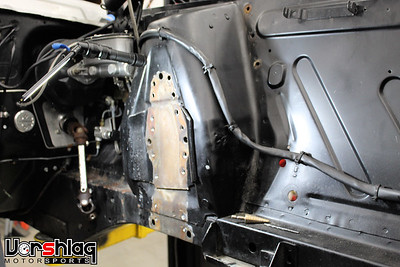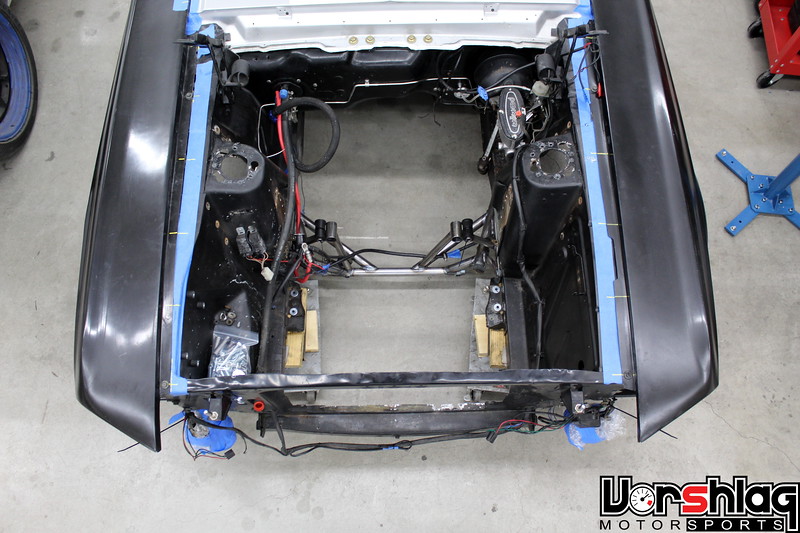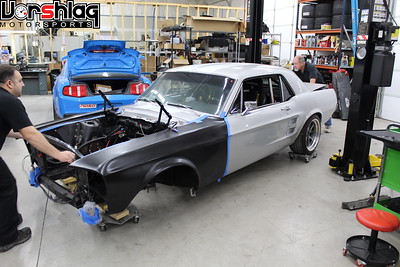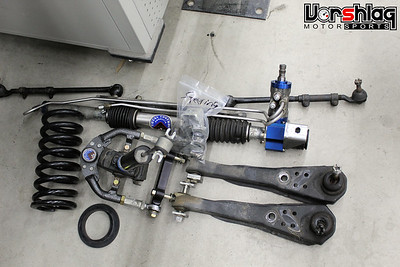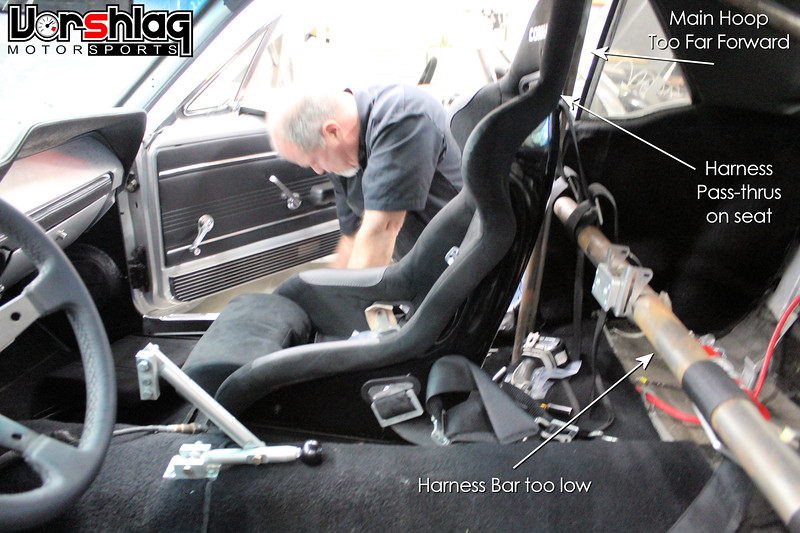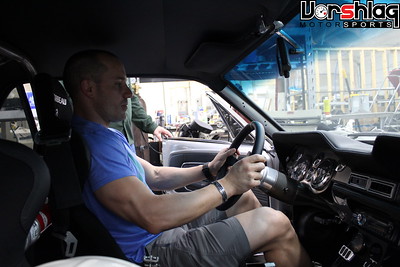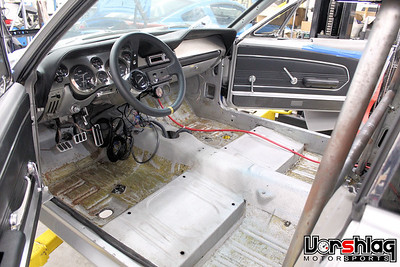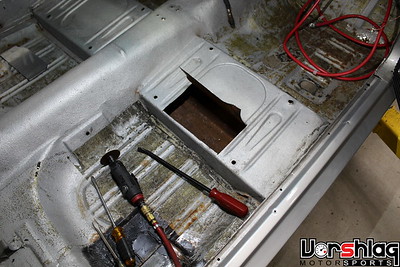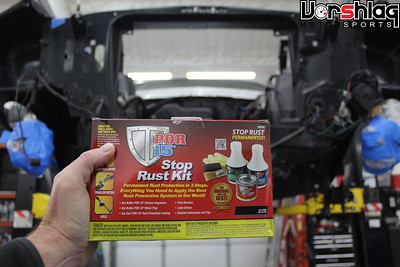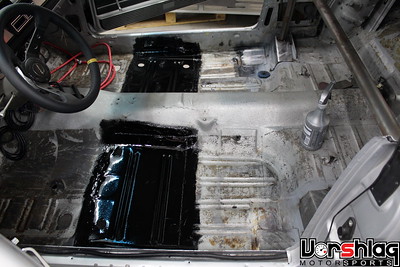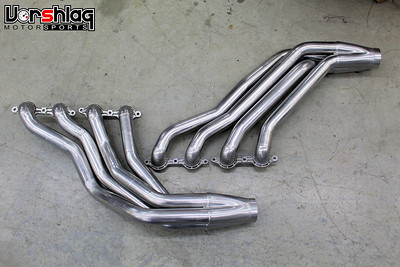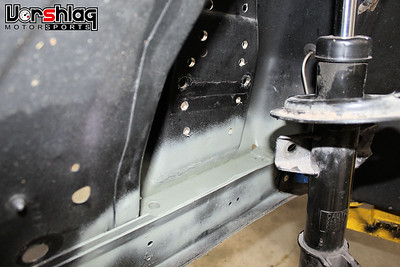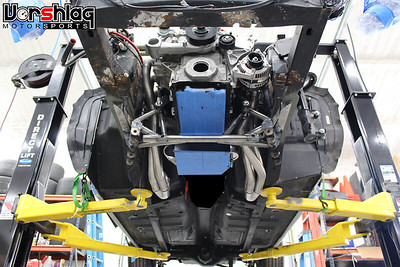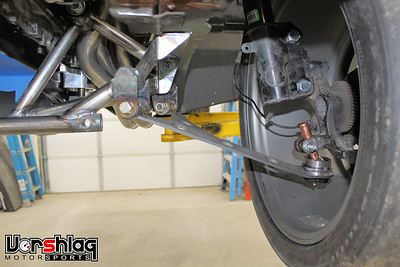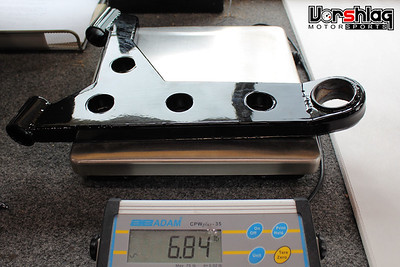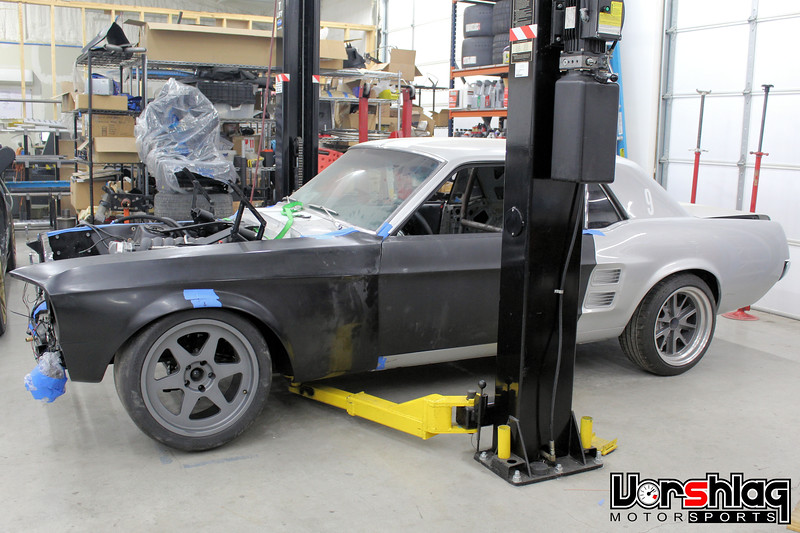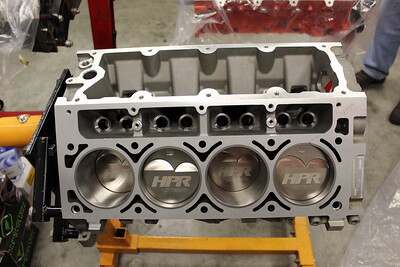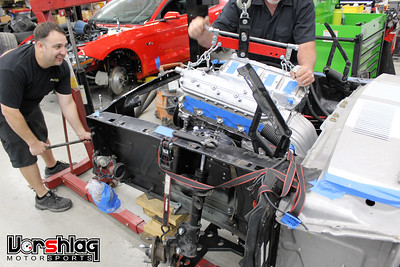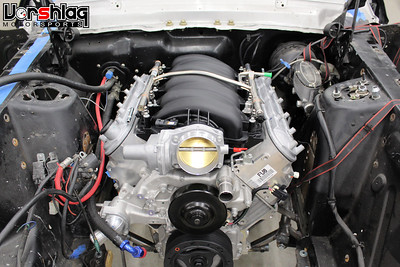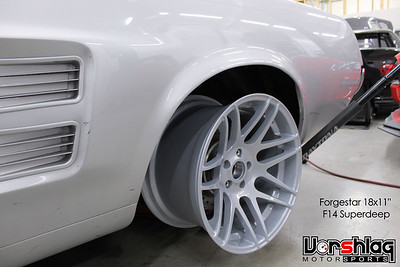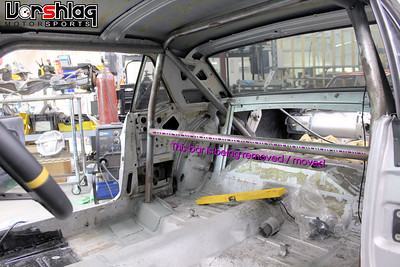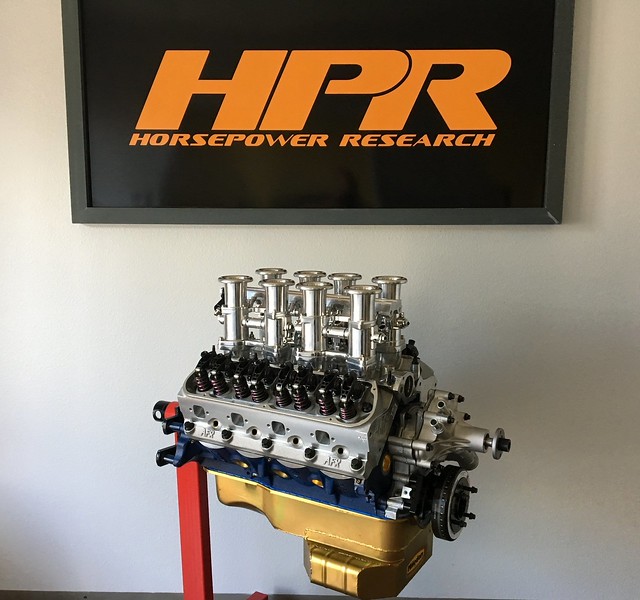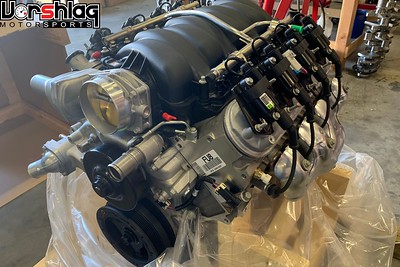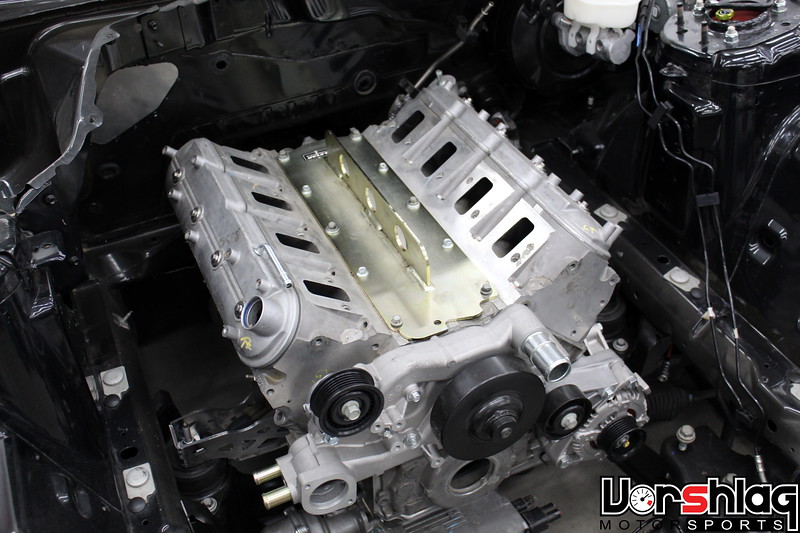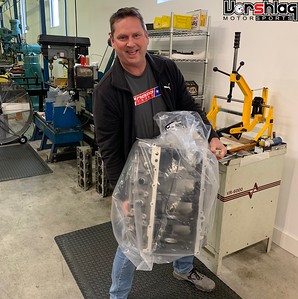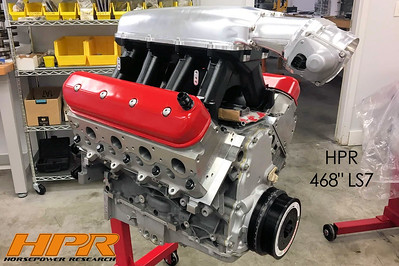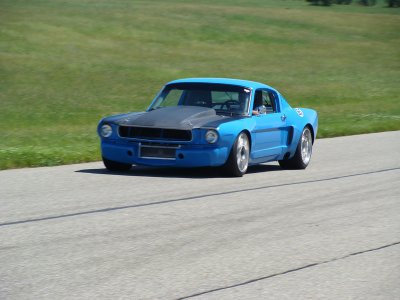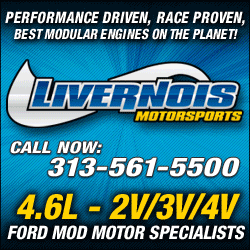Project Kickoff - November 3rd, 2019: We get a lot of customers asking us to tackle their "big project" builds, and sadly we don't have the time or room to take all of these on. Prior commitments and a finite amount of manpower limit what we can take on as new builds or significant projects. In the last few years we have been turning down more and more requests, but when this one came across my desk it was a hard one to turn down.

Many classic domestic muscle car owners want to do "show car" things, which doesn't really pique my interest. Sure, this car looks good but the owner Adam wanted to take an already track prepped car to the next level. He had followed some of our other Pro Touring builds and wanted to do similar things to this 1967 Mustang Coupe. Some of that Ricky Bobby theory "I wanna go fast!" Also posted on these forums:
BRING IT BY FOR A LOOK
We talked a bit about his car in 2018, but we kept telling him we were too backed up and couldn't even look at the car until sometime in 2019. Adam kept checking in - persistence is key here - and we kept nicely pushing back. We can't see it until "sometime in the Fall" I told him early in the year. We needed a day to look at it in person, as there is only so much we can see from photographs and email. Not to sound snobbish, but we have to see a car in person to see if its worth the time, effort, and cost of a build up that we feel is to our standards - and to see if the customer has the budget to do what we feel is necessary for track worthiness.


We had some projects wrap up and cars leave so in late October 2019 we had him bring the car by for a quick look. It wasn't running well, and the exhaust and a fender were removed, so I was a little worried at first sight.


We could see right away that the car has been tracked (notice the flat spot on the tire above right), but it has real potential. Some Total Control Products front control arms, Bilstein shocks, but still the original front geometry for the most part. Knowing what we do, improvements could be made here.

Underhood was a '85-93 era Mustang 5.0L HO engine, with a carb and some mid length headers. A Griffin aluminum radiator, a cowl induction hood and the owner built air box, some other bits. The customer wanted more power, and more importantly, he was willing to listen "to our suggestions" for how to get there the easiest way possible. #TriggerWarning


Inside were a pair of Corbeau fixed back seats, a 4-point roll bar, racing style steering wheel, and the remote shifter for a T5 5-speed, which had a hydraulic TOB. Not bad, could always be improved.


The gauges were done well, as were some other aspects. The 4-point roll bar could use some work, and Adam really wanted a full roll cage, for added safety.
continued below

Many classic domestic muscle car owners want to do "show car" things, which doesn't really pique my interest. Sure, this car looks good but the owner Adam wanted to take an already track prepped car to the next level. He had followed some of our other Pro Touring builds and wanted to do similar things to this 1967 Mustang Coupe. Some of that Ricky Bobby theory "I wanna go fast!" Also posted on these forums:
BRING IT BY FOR A LOOK
We talked a bit about his car in 2018, but we kept telling him we were too backed up and couldn't even look at the car until sometime in 2019. Adam kept checking in - persistence is key here - and we kept nicely pushing back. We can't see it until "sometime in the Fall" I told him early in the year. We needed a day to look at it in person, as there is only so much we can see from photographs and email. Not to sound snobbish, but we have to see a car in person to see if its worth the time, effort, and cost of a build up that we feel is to our standards - and to see if the customer has the budget to do what we feel is necessary for track worthiness.


We had some projects wrap up and cars leave so in late October 2019 we had him bring the car by for a quick look. It wasn't running well, and the exhaust and a fender were removed, so I was a little worried at first sight.


We could see right away that the car has been tracked (notice the flat spot on the tire above right), but it has real potential. Some Total Control Products front control arms, Bilstein shocks, but still the original front geometry for the most part. Knowing what we do, improvements could be made here.

Underhood was a '85-93 era Mustang 5.0L HO engine, with a carb and some mid length headers. A Griffin aluminum radiator, a cowl induction hood and the owner built air box, some other bits. The customer wanted more power, and more importantly, he was willing to listen "to our suggestions" for how to get there the easiest way possible. #TriggerWarning


Inside were a pair of Corbeau fixed back seats, a 4-point roll bar, racing style steering wheel, and the remote shifter for a T5 5-speed, which had a hydraulic TOB. Not bad, could always be improved.


The gauges were done well, as were some other aspects. The 4-point roll bar could use some work, and Adam really wanted a full roll cage, for added safety.
continued below



